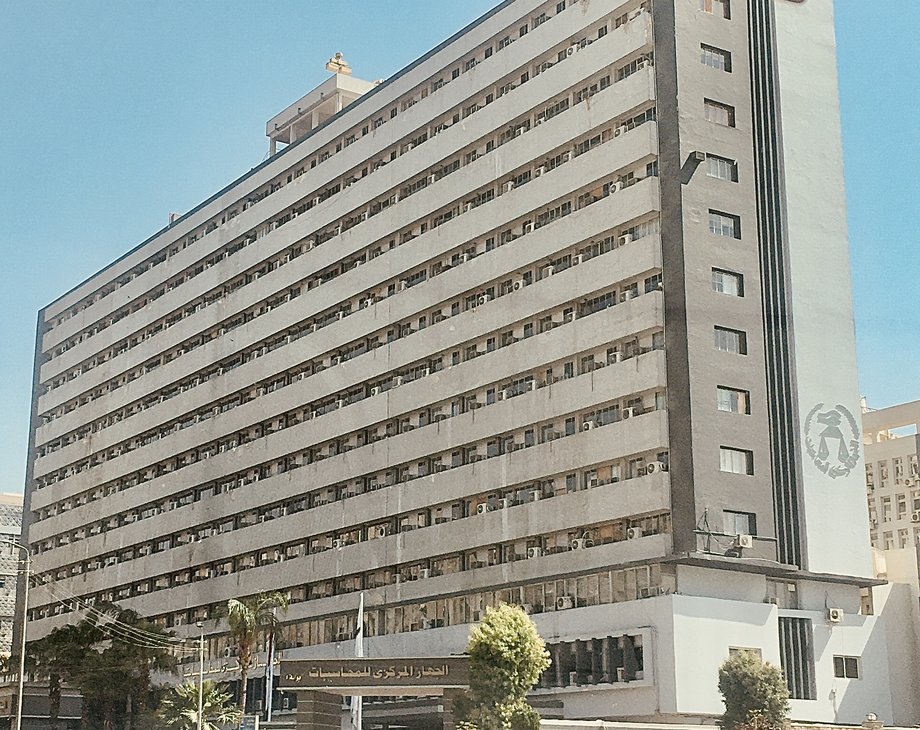Architectural Modernity in Cairo (1954-1970) Cultural, Socio-political shifts, Urban developments and pioneer Egyptian architects.

Research substantially conducts a larger historical narrative regarding the urban developments and modernist architecture in Nasserist Cairo (1954-1970) that remarkably influenced by the political discourses, cultural and socio-economic transformations at that time. In addition, the thesis studies the architectural production of two particular modernists witnessed to this epoch.
Cairo witnessed a holistic transformation in 1952 after a political operation (revolution) led by a group called the Free Officers Movement, who removed King Farouk from power. They declared Egypt a republic two years later. 1954, the year witnessed to the birth of Egypt as a republic under the presidency of its most charismatic twentieth-century leader Gamal Abdel Nasser, who ruled from 1954 to 1970 until his death. It was a period of profound political, economic, and societal change in Egypt, Nasser's tenure as Egypt's leader heralded a new period of modernization and urban reform.
This outstanding mid-century political shift and its cultural and socio-economic ramifications on the city of Cairo had certainly affected the architects' production in terms of achieving state developments' plans. Several Egyptian pioneer architects witnessed to this shift like Sayed Karim and Mahmoud Riad, who were known for their efforts trying to formulate a vision towards the identity of the modern Egyptian architecture, in addition, they had their prolific architectural and urban production which represented the state policies and modernization project plans.
The dissertation aims at studying the urban developments and modernist architecture of Nasserist Cairo, moving beyond meta-narratives and theoretical frameworks of the cultural, political and socio-economic transformations, discussing the main paradigms of modernization, Socialism and Nationalism in terms of their influences on the city's urbanization. In addition, the research studies the architectural production of the two modernists: Sayed Karim and Mahmoud Riad.
The main question of the research: what were the major changes and transformations regarding the urban and architectural scene in Nasserist Cairo in response to the Socio-political shift of 1952's revolution?
Some other secondary questions of the research: what were the impacts of the political, socio-economic transitions on the work of the period’s pioneer architects specifically the distinguished Sayed Karim and Mahmoud Riad? To What extent were the Philosophy and professional work of the two modernist architects representing the state ideological plans and the modern global architectural trends proceeded at that time?
Short Biography
Mohamed is a Ph.D. candidate at BTU. He holds a B.A. in Architectural Engineering from Cairo University, Egypt, and earned a diploma in urban studies before he did his M.A. in Architectural theories at Cairo University. He is currently working as a lecturer assistant at Ahram Canadian University in Cairo. His research interests include architectural history and theories.
